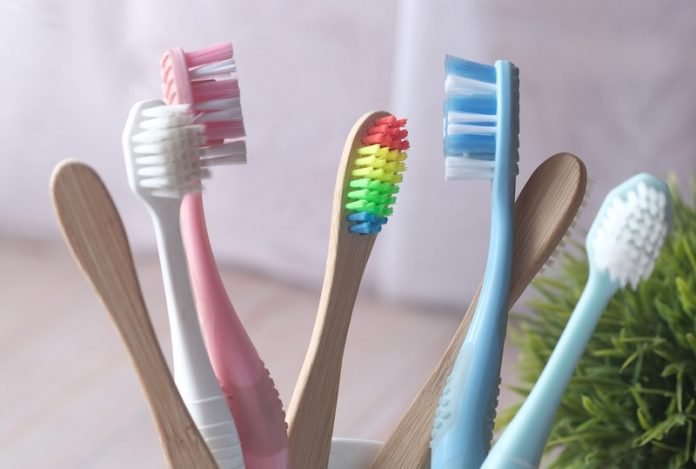
The toothbrush is the most basic tool for maintaining healthy teeth, but many people give their toothbrush little thought and don’t know when to swap it out for a new one.
It can also be difficult to choose what type of brush to use: manual or electric, hard or soft bristles.
To answer these common questions, here is some advice from a pro—assistant professor Jane Cotter of the Caruth School of Dental Hygiene at the Texas A&M University College of Dentistry.
How often should a toothbrush be replaced?
Often, people latch on to one favorite toothbrush and use it until it’s completely worn out. But Cotter said you need to replace it more often than you might think.
“The American Dental Association recommends that toothbrushes need to be replaced every three months,” she said.
“Toothbrushes used longer than three months can become frayed and may damage the gingiva (gums).”
Cotter says the three-month timeline applies to both manual and electric toothbrush heads, but sometimes brushes have to be replaced earlier.
“If the bristles of the toothbrush are fraying or are spreading out, then the brush needs to be replaced,” she said.
“Some toothbrushes have bristles that change color over time to help patients know when they need replacing.”
According to Cotter, toothbrushes and toothbrush heads should also be replaced if someone has been sick. Viruses, including cold, flu and the coronavirus, thrive in a moist environment and can spread through physical contact.
While sick, socially distance your toothbrush—don’t share a common toothbrush holder with others.
“It is important to store your toothbrush in a vertical, upright position in the open air so that it will dry out between uses,” Cotter said. “This helps control bacterial and fungal growth on the bristles.”
What is the best toothbrush to use?
“Research has consistently shown that electric toothbrushes clean better than manual toothbrushes,” Cotter said.
“Most electric toothbrushes have a two-minute timer that beeps or pulses every 30 seconds to alert the user to move to a different quadrant or area of the mouth.
Some of the new toothbrushes also have an app that will show the user where they are missing when brushing.”
Some individuals prefer a hard-bristled toothbrush to clean teeth, but dental professionals don’t typically recommend them.
Firm or hard toothbrushes can actually damage the tooth enamel, Cotter says, so it is better to go with a soft bristle toothbrush.
At the end of the day, understanding what toothbrush to use and following proper toothbrush maintenance will help keep those pearly whites healthy.
If you care about tooth health, please read studies about an important causes of tooth decay and gum disease, and how often should you get your teeth cleaned.
For more information about tooth health, please see recent studies about mouthwash that may increase your tooth damage, and results showing common tooth disease may increase the risk of dementia.



